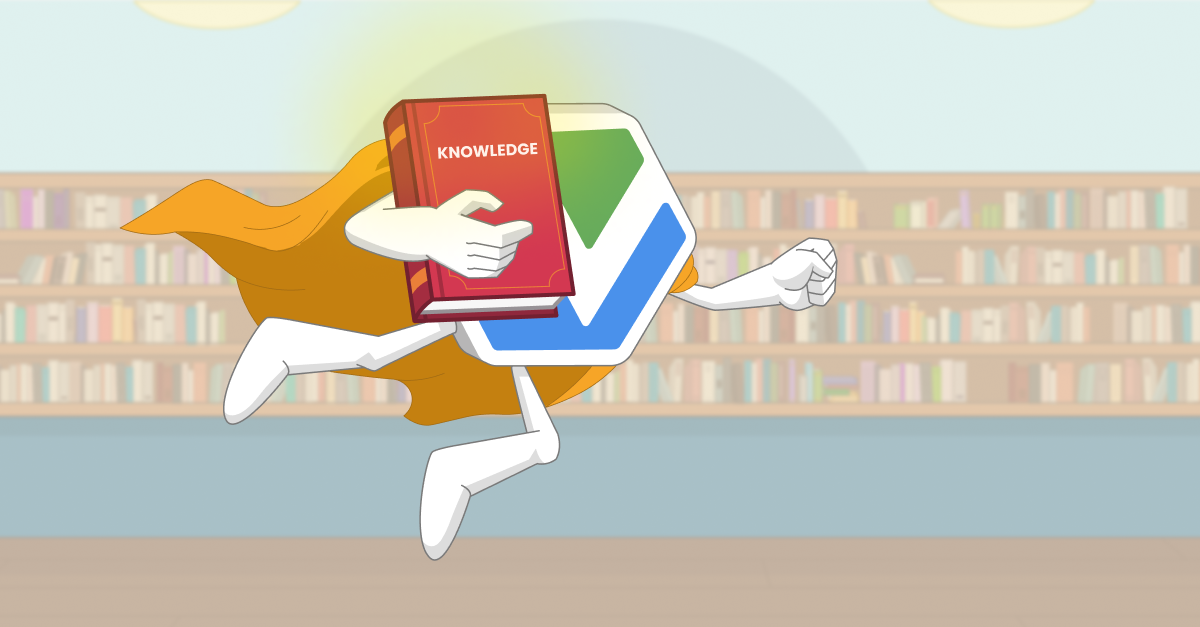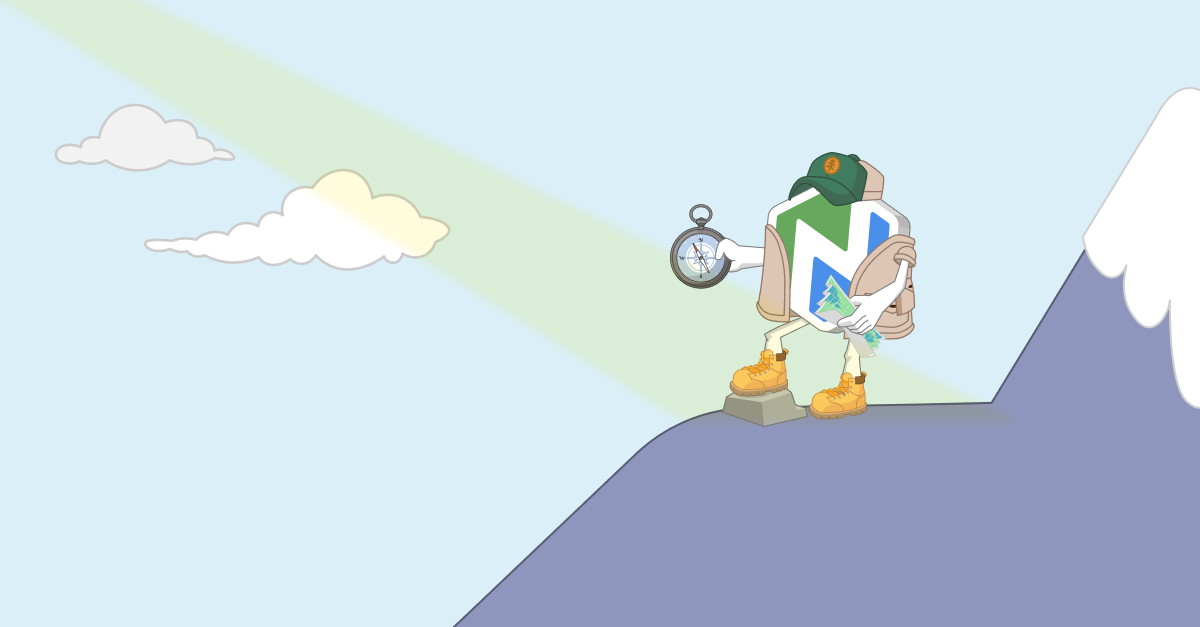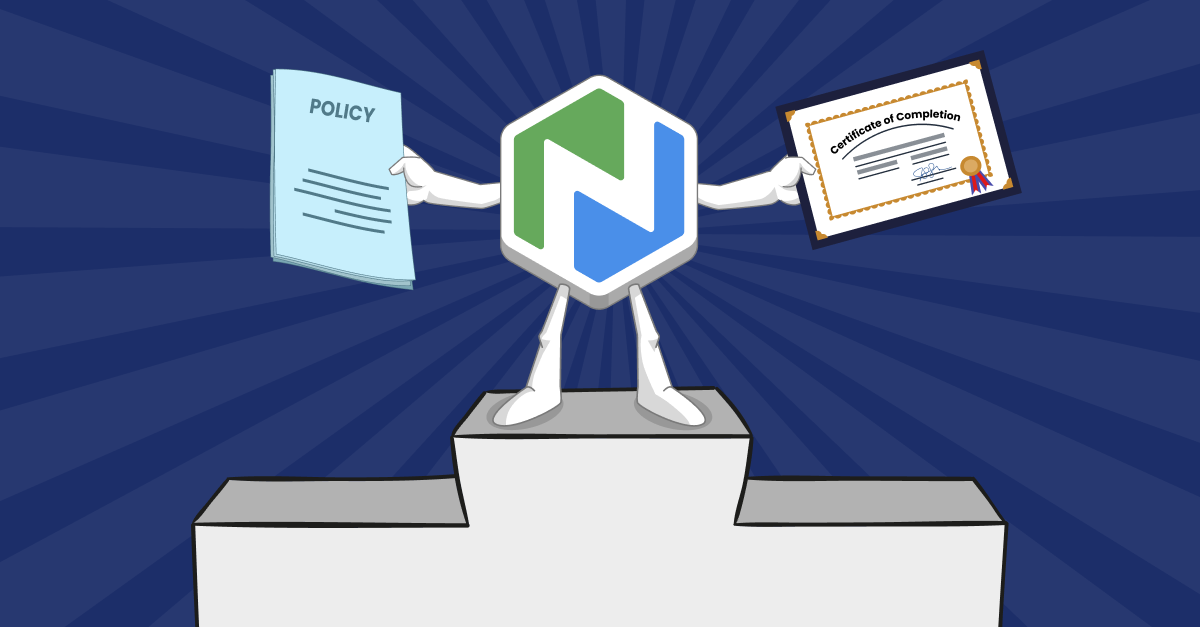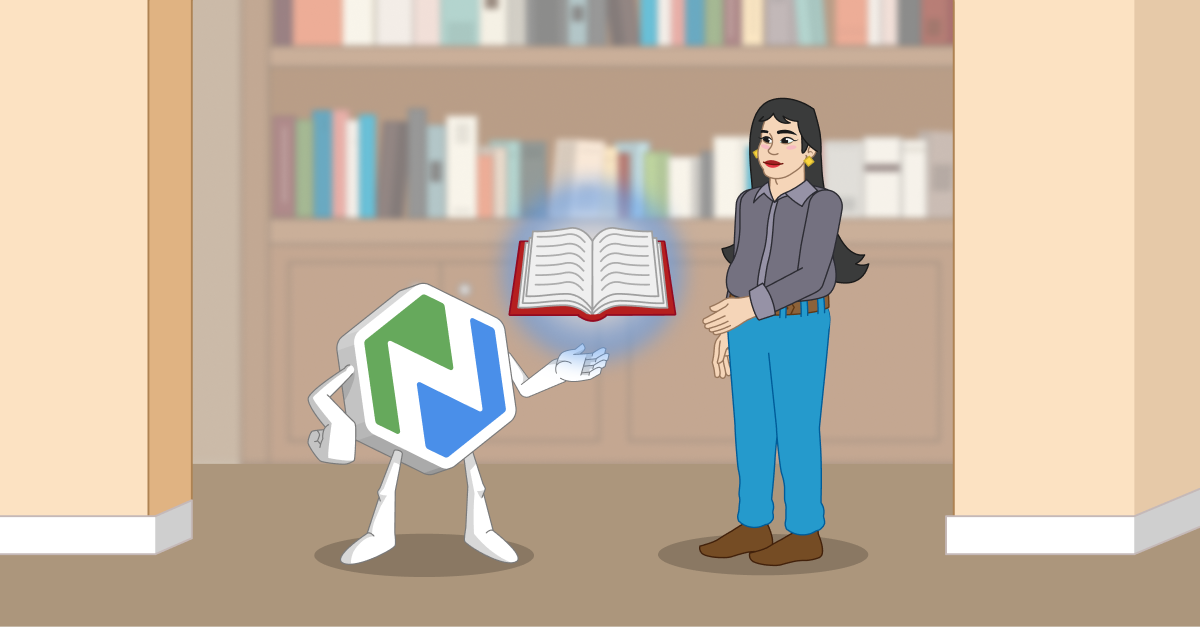Six Library Challenges (and Training Solutions)
Struggling with funding, censorship, or staff burnout? Discover training solutions that can help your team navigate six common library challenges.

I used to chuckle when someone asked me what a typical day was like in my library—because there was no such thing. The work was rewarding, but the challenges were real. Some were more serious than others, but all needed attention.
These days, challenges have increased and gotten more complex. Libraries are serving more people with fewer resources. Technological change is moving faster than ever, accompanied by decreased critical thinking about digital security and privacy. Mis- and disinformation are rampant, affecting everything from public health to personal safety to private decisions about what to read. And the ties that have long bound civil and civic society are badly fraying.
All of these challenges (and more) impact libraries—often one after the other and occasionally all at once. The good news is that if your library is dealing with challenges, you’re not alone. Many libraries are dealing with the same issues and thinking about how to manage them.
Training to Meet Challenges
Many of the challenges facing libraries can’t be fixed by training. They’re so complex and changing so fast that no single training will solve any of them.
But training can do several important things. It can:- Raise awareness of current or common situations so staff are less likely to be surprised by challenges.
- Give staff the basic tools to mitigate the impact of challenges—or lessen them once they hit.
- Increase staff confidence to meet challenges, because they have the tools they need.
Read on to see what this can look like in your library.
Common Challenges (and Training Solutions)
It’s impossible to write about all the challenges facing libraries today. But, a quick look at the literature highlights some themes and trends. Let’s explore six of the most common challenges and what you can do about them.
1. Funding
The challenge: Shrinking municipal budgets, reduced tax revenue, and other funding problems are perpetual issues in libraries. At the same time, increased costs and services put libraries in a bind.
Training topics to help: Training topics in the Niche Academy Marketplace include tutorials on budgeting for library trustees so they can make the best use of public funds. Our series on writing and managing successful grants can help you supplement those funds. And because advocacy can increase the library’s visibility, our tutorials and free webinars provide actionable tips. (A bonus: our eResource tutorials can increase database usage, making it easier to justify that part of your budget by showing a stronger return on investment.)
2. Censorship and Book Bans
The challenge: Attempts at censorship have grown in number and complexity. The days of talking through patron concerns with a member of your community have been replaced by coordinated efforts, sometimes from out-of-state, to restrict readers’ First Amendment right to access information.
Training topics to help: Our tutorials for directors, staff, and trustees help prepare everyone for challenges. From writing strong policies to ethically building collections and managing public meetings, we have you covered. Our webinars on managing library boards and helping them understand intellectual freedom set trustees up for success. And webinars on the First Amendment, understanding censorship, and responding to censorship provide your staff valuable tips (and morale boosters).
3. Staff Morale
The challenge: Speaking of morale, it’s not great out there. Burnout in libraries is a major problem exacerbated by emotional labor and vocational awe. Mission creep adds “constant pressure”. Staff can feel unheard and unappreciated; some are abandoning the profession altogether in search of better pay, more consistent support, and less stress.
Training topics to help: We offer a tutorial to help staff spot and deal with the signs of burnout before they get worse. And because managers have a huge impact on how employees feel about their jobs, our Best Manager Practices series includes tutorials for new (and maybe accidental) managers to help create a culture of wellbeing and psychological safety for their teams. Blog posts on the following topics are valuable resources for managers in any organization:
- Helping your team meet its potential
- Avoiding toxic workplaces
- Cultivating work-life balance
- Building resilience
- Fostering workplace wellness
- Increasing teamwork
4. Serving Vulnerable Populations
The challenge: Libraries see many vulnerable populations, including undocumented people and refugees, people experiencing homelessness, people suffering from addiction, and LGBTIQ+ patrons. Meeting the informational needs of these groups is complicated by social and political factors that seek to inhibit who can access services and resources.
Training topics to help: Tutorials on allyship, cultural competency, and building partnerships can provide valuable information and build core skill sets to help staff work with all patrons. Tutorials on trauma-informed services help staff see people holistically so they can provide better services. And webinars on building partnerships with social workers, preparing for the opioid crisis, and addressing homelessness are vital resources for serving vulnerable populations.
5. Mis- and Disinformation
The challenge: This topic seems almost quaint now—fake news can feel like old news. But, it has a long-lasting and detrimental impact on the quality of civic life, discourse, and behavior. Library staff, trained to help people find and analyze information, struggle to support information literacy while dealing with increasing distrust in institutions caused by mis- and disinformation.
Training topics to help: Our Critical Thinking Series covers this topic in over a dozen tutorials. Originally written for college students, it’s great for anyone interested in learning better ways to find information, process ideas, and communicate more effectively with others. Webinars on the following topics provide more resources and support for library staff:
- Critical thinking in higher education
- Civic literacy
- News literacy
- Conspiracy theories
- Disinformation
- Misinformation in the college classroom
6. Stressed, Unhappy, or Aggressive Patrons
The challenge: More than 68% of library staff have dealt with violent or aggressive patron behavior, making the library less safe and welcoming and increasing the chances of staff burnout.
Training topics to help: There’s a reason our de-escalation tutorials are so popular. They meet a pressing need with practical tips and low-stakes opportunities to practice new skills. Supplementing them with our webinars on conflict management and dealing with difficult behavior and our tutorials for managers on conflict resolution can help prepare everyone for behavior issues.
Meet Challenges Today
The speed of change can make it hard to get in front of challenges. It’s easy to feel surprised, shocked, or caught off guard. While training can’t prevent or solve challenges, it can help you feel more prepared. And even a little bit of preparation can increase confidence in your ability to meet your library’s challenges.
The best part? You don’t have to do it alone. New to training? No worries. No time to train? We’ve got you covered. Tired of trying to see who was trained on which topics, and when? We do that, too.
At Niche Academy, we help you make an impact on your library, staff, and community. Our ready-to-use training focuses on essential skills to increase confidence—all in one platform with everything you need to set people up for success.
If you’re already a platform subscriber, check the Marketplace often for new and updated tutorials to help you meet challenges with preparation, partnerships, and planning.
If you’re new to Niche Academy, start a free trial to access hundreds of tutorials on topics that will directly impact your ability to meet today's most pressing challenges.

.png)
.png)
.png)

.png)
.png)
.png)

.png)
.png)

.png)